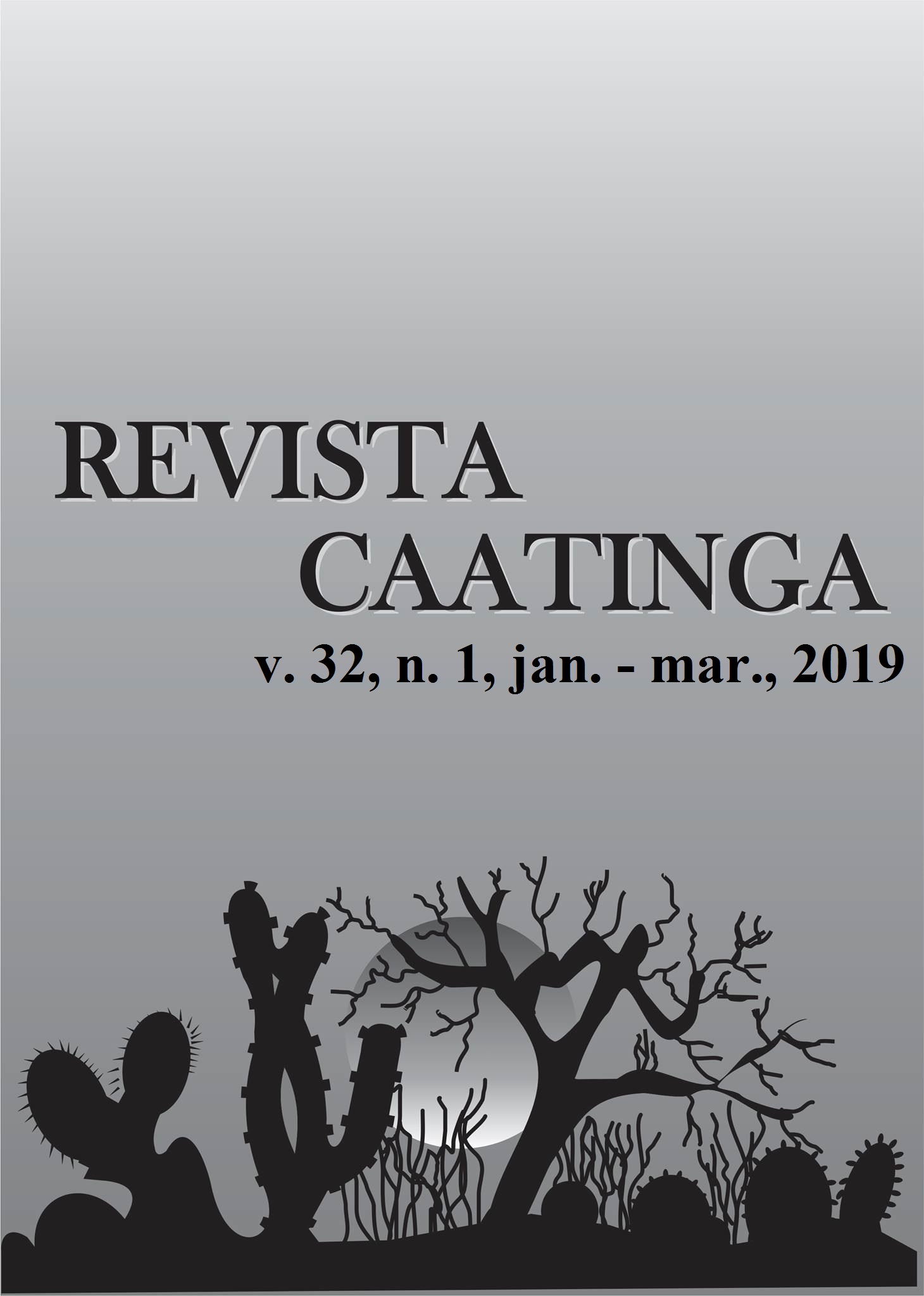ORGANIC MATTER AND SOIL FERTILITY IN DIFFERENT SUCCESSIONAL STAGES OF SEASONAL SEMIDECIDUAL FOREST
DOI:
https://doi.org/10.1590/1983-21252019v32n118rcKeywords:
Soil atributes. Organic matter fractionating. Carbon stock. Forest succession. Atlantic forest.Abstract
The accumulation and transformation of organic matter in the soil are fundamental for the maintenance and improvement of the chemical, physical, and biological attributes of the soil, and consequently, for the tropical forests functioning. The objective of this study was to evaluate the influence of secondary forests with different successional stages on soil organic matter, carbon and nitrogen stocks, and soil fertility. Three areas of seasonal semideciduous forest, located in Pinheiral - RJ, with different successional stages were selected: initial stage forest - ISF, medium stage forest – MSF, and advanced stage forest - ASF. The values of total carbon and nitrogen, C and N stocks, δ13C (‰) isotope, chemical and granulometric fractionation of soil organic matter, and soil fertility were determined. Based on the values of δ13C (‰), it was verified that most of the soil carbon of the different successional stages comes from forest species (C3 plants). The areas with the highest succession time (MSF and ASF) possess higher levels of carbon and nitrogen contents and stocks, and carbon associated with minerals compared to ISF. In addition, ASF showed increased phosphorus, fulvic acid, humic acid, whereas soil density exhibited reduced values when compared to that of other areas. The MSF showed, in general, greater fertility of the soil. This study emphasizes the importance of secondary forests that, even in the initial stages of succession, have great potential to store and stabilize organic carbon in the soil.
Downloads
Downloads
Published
Issue
Section
License
Os Autores que publicam na Revista Caatinga concordam com os seguintes termos:
a) Os Autores mantêm os direitos autorais e concedem à revista o direito de primeira publicação, com o trabalho simultaneamente licenciado sob a Licença Creative Commons do tipo atribuição CC-BY, para todo o conteúdo do periódico, exceto onde estiver identificado, que permite o compartilhamento do trabalho com reconhecimento da autoria e publicação inicial nesta revista, sem fins comerciais.
b) Os Autores têm autorização para distribuição não-exclusiva da versão do trabalho publicada nesta revista (ex.: publicar em repositório institucional ou como capítulo de livro), com reconhecimento de autoria e publicação inicial nesta revista.
c) Os Autores têm permissão e são estimulados a publicar e distribuir seu trabalho online (ex.: em repositórios institucionais ou na sua página pessoal) a qualquer ponto antes ou durante o processo editorial, já que isso pode gerar alterações produtivas, bem como aumentar o impacto e a citação do trabalho publicado (Veja O Efeito do Acesso Livre).







